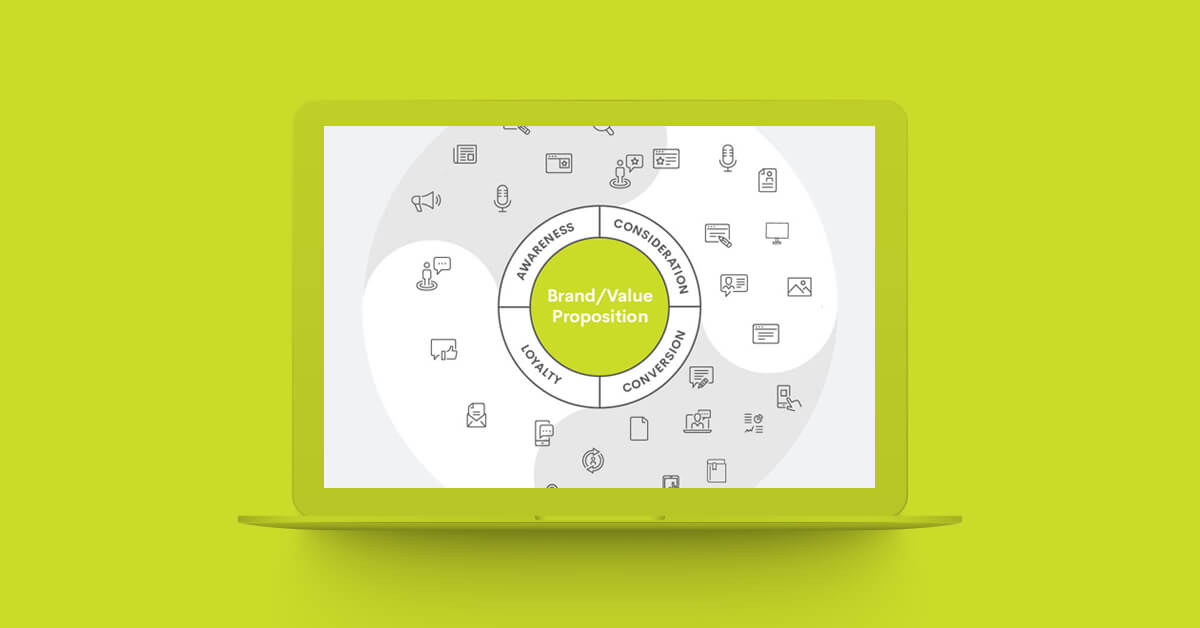Blog
Three Strategic Considerations for Managing Your Digital Content Ecosystem
|

Blog
Three Strategic Considerations for Managing Your Digital Content Ecosystem
|

The digital content ecosystem is growing daily, significantly increasing the number of communication channels used by an organization’s customers, employees, partners, shareholders and communities. Engaging these audiences with cohesive, compelling and consistent messaging and content has never been more challenging. Organizations must know their audiences well to understand how each unique stakeholder group uses the communication channels available to them. Uncovering these insights can help the business engage their audiences effectively across channels to build and sustain trust and deliver a positive brand experience.
Integrated communication is the connective tissue that ensures brand consistency and relevancy for each audience regardless of whether the business delivers a message through a traditional or digital channel. The three strategic considerations detailed below provide a starting point for organizations looking to better manage their digital content ecosystem to deploy an effective integrated communication strategy.
1. Use the right voice and right channel at the right time
Each audience has unique needs and challenges and holds different expectations for the companies they work for, buy from and partner with. Organizations must strategically tailor their communication strategy and how they leverage their digital content ecosystem for each audience by determining:
- Which voice or spokesperson is the best to deliver a message to each particular audience,
- Which channel will be most effective for delivering that message to that audience,
- At what moment or time in the audience’s journey the message would resonate the most.
Organizations can effectively evaluate voice, channel and timing needs for each audience by creating buyer personas and stakeholder journey maps for the business’s prioritized audience segments. Buyer personas define who the “typical” people are in each stakeholder community, what they need, which channels they prefer to use and how they act. Journey maps help the organization identify engagement opportunities based on the different stakeholder interaction touchpoints. Insights from personas and buyer journey maps inform digital content strategies that connect the stakeholders’ needs and preferences to business objectives.
2. Thread a thematic connection
Organizations can also strategically manage their digital content ecosystem by ensuring the messages they deliver center on a common theme that works across all audiences and channels. This theme should connect back to the brand strategy and the company’s values to authentically support business objectives.
Organizations often document these themes through a messaging architecture or framework, which aligns cross-functional teams and helps them distribute consistent content and communication across the digital content ecosystem. These teams won’t always engage audiences with the same messages, but all communication they distribute should align with the messaging architecture and core theme.
3. Leverage marketing technology and analytics
Marketing technology and analytics help organizations distribute messages across the digital content ecosystem and uncover insights about their audiences. Businesses that don’t listen to their audiences or learn from what they distribute miss out on opportunities to better engage their audiences. Companies that effectively employ marketing technology and analytics understand their audiences better, know which content is likely to resonate best with them, and can more effectively choose which channel will be best for each message. The following tools and technologies help organizations more strategically manage their digital content ecosystem by enabling them to do the following:
Social listening: Uncover what people are saying, why they’re saying it, in what context and to whom
- Web analytics: Assess which content resonates most with audiences and which are most effective at supporting people along the buyer’s journey
- Content management systems (CMS): Provide a seamless user experience through a sophisticated and well-organized content architecture
- CRM: Log customer activity in the CRM to understand audience behavior. Trigger more communication through whichever channel makes the most sense based on where that particular audience is in their customer journey
- Marketing automation: Set up, launch and analyze communication programs that support people through each stage of the buyer’s journey
Businesses that apply one or all of these strategic considerations to an integrated communication strategy will be better able to manage a digital content ecosystem that supports strong audience connections. Organizations that consistently deliver the right message to the right person using the right technology will engage stakeholders, provide a positive experience, and move the business forward.


